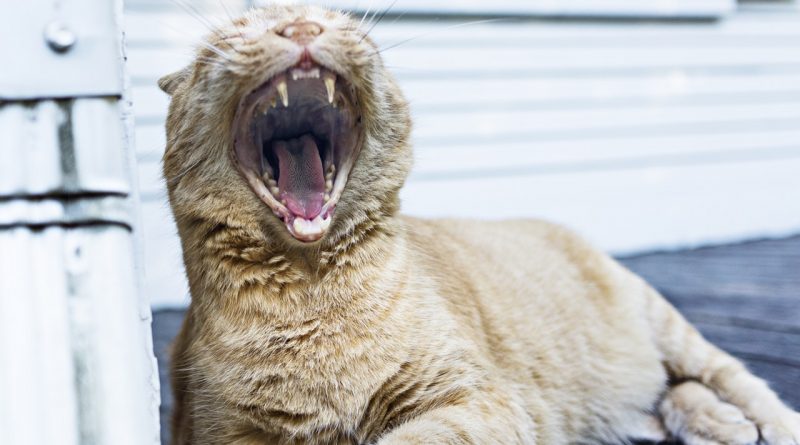Dental care for your cat
Does your cat have bad breath? Are you wondering how to clean their teeth? Just as you wake up in the morning to brush your teeth you need to do the same for your furry friend! Yes, dental hygiene should begin at a very early age in cats. If you neglect taking care of your pet’s teeth they can easily succumb to dental diseases.
Gingivitis and tartar accumulation are the biggest causes of dental disease in cats. If you do notice bad breath in your pet then you can also see that their gums are red. Look closely at their teeth, especially their big back upper molars, you will see yellow tartar on the surface of each tooth.
Cats can also be afflicted with serious dental issues that usually go unnoticed by their owners. It can cause serious problems to them if they are not detected at the right time.
Dental conditions commonly seen in cats
- Tooth resorption is a disease where a cat’s teeth breaks due to an autoimmune reaction and is absorbed into its body. It is very difficult to gauge this problem as cats show no symptoms even though they are experiencing excruciating pain. Some will salivate continuously and will find it difficult to eat food. This problem is treated by extracting the affected tooth.
- Another autoimmune condition known as the plasma cell stomatis is caused as a reaction to plaque on the teeth. So, the affected cat’s teeth may look healthy but their gums and the part of their mouth where both the jaws meet are bright red and have irritation. The disease can be controlled through regular cleaning of the teeth. Anti-inflammatory medicines also work but the best form of treatment that gives total relief to the cat is by extracting all their teeth.
How to care for your cat’s teeth at home?
If you want a healthy and happy cat with sparkly gums and teeth then all you need to do is to keep aside five minutes a day for cleaning your pet’s teeth. Here’s how:
- Take a look inside your pet’s mouth every day. Check for tartar on their teeth and any signs redness in their gums. Also, check for broken teeth as it can cause abscess formation. If you notice any of the above then you must take them to the vet for a professional check-up.
- Brush their teeth daily with a toothbrush and a toothpaste. Go for the kind that is recommended by your vet. You can also use baby toothbrush to brush their teeth. If they do not allow you to brush their teeth then you can just take a moist washcloth and wipe their teeth. This will help to remove the plaque. You need to introduce your cat to oral hygiene right from when they are kittens. They will slowly learn that it is a part of their daily routine.
- You can give your pet dental treats to chew on. This will help to eliminate plaque and bad breath.
Veterinary care for your cat’s teeth
Since serious dental conditions cannot be detected by cat owners, a thorough dental check up by the vet must be done every 6 months. Your vet will not only look out for tartar and gum disease but will also x-ray your cat’s mouth for signs of tooth resorption and any cavities below their gums.
You must also get your cat’s teeth professionally cleaned by the vet. They will remove any damaged tooth and the rest will be given a nice polish so it will be hard for plaque to form for quite some time.
So, practice regular oral hygiene for your pet and watch them have strong teeth and jaws even in their senior years!

